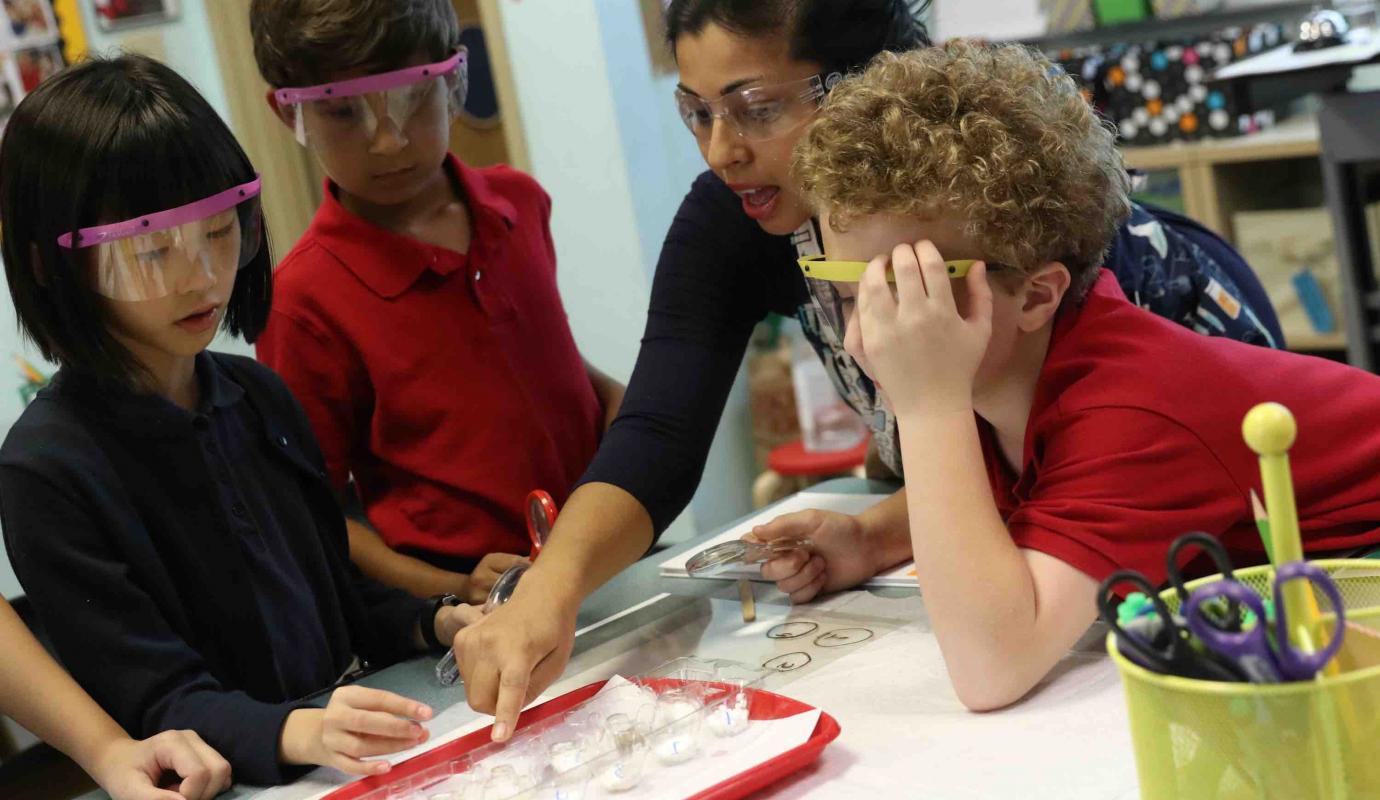Every child should learn to read, write, add, subtract, and all schools strive to impart knowledge and skills. It is exceptional schools, however, which realize that minimum standards should not be the limit of our aspirations for our children. Just as a high school diploma is not the endpoint for any student’s progression, children should be taught to never stop learning. Given these truths, at Wellington we believe that inspiring children to higher ambition is every bit as important as teaching skills. As educators our job is to make students hungry for the future and for what their role can be in that future.
"Leadership at our school believed that if all students felt their work was deeply challenging and also loved what they were doing, these students would be doing their best work. Most importantly, they would always be hungry for more.”
The creation of the Wellington Engagement Index came from a series of conversations around what realizing these truths might mean. Leadership at our school believed that if all students felt their work was deeply challenging and also loved what they were doing, these students would be doing their best work. Most importantly, they would always be hungry for more. If Wellington could encourage these two qualities in all students, meaning they were engaged, we would be an exceptional school.
But there was one problem: how do you measure student engagement as defined by these two qualities? First, we had to identify who were the experts on the subject of whether a student was challenged and loved their learning experiences. The only credible experts on the subject were, we believed, the students themselves. Further, since any project intended to measure and improve student engagement would bring the greatest benefit to the students themselves, we believed students would be motivated to give us valid and truthful data.
The next step was to create a method for recording this data that took minimal time. The last thing schools want to do is to add cumbersome, time consuming assessments. This tool needed to be quick and accurate while still providing meaningful, powerful data. Thus the Engagement Grid was born. We asked students to rate each of their classes on an x-y coordinate plot was the answer. While the Grid started on paper, it soon moved into a web-based software tool. Today, students can input their data in less than two minutes, and educators can analyze the data from as high a level as disciplines to as granular as individual students. This massive data set allows educators to understand the student experience with every teacher, in every class.
"Every data point tells a story about the experience of a single student in a single class.”
To date, the Wellington Engagement Index has captured nearly 100,000 data points in schools from Brooklyn, New York to Americus, Kansas. Every data point tells a story about the experience of a single student in a single class. The sum of all these dots draws an illuminating picture of educators and students working together to create empowering and meaningful learning experiences that will resonate for a lifetime.
– Robert Brisk P ’13 ’15, head of school
